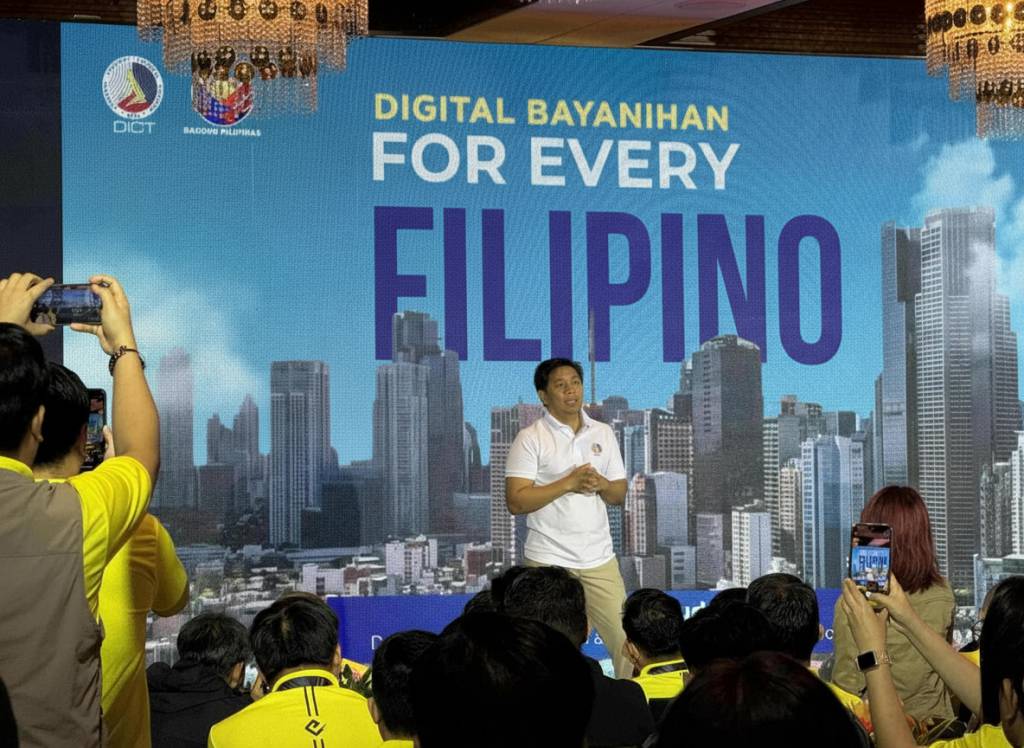The Philippine government is set to redefine the landscape of nationwide connectivity with the early completion of its National Fiber Backbone project, now slated for June 2026. Spearheaded by the Department of Information and Communications Technology (DICT), this massive PHP 16.1-billion initiative is poised to deliver a state-of-the-art, sovereign-owned fiber optic network that will transform internet access across the country.
Accelerated Rollout and Expanded Coverage
Originally expected to extend past 2028, the project’s accelerated timeline is a testament to DICT’s commitment to enhancing the nation’s digital infrastructure. DICT Secretary Henry Aguda announced during the 8th CXO Tech Summit at Shangri-La Boracay that the launch of phases four and five—covering southern Luzon, Visayas, and Mindanao—signals the near completion of the backbone, with earlier stages already running from the northern Philippines down to Tacloban.
These final phases are bolstered by a significant USD 287.24 million loan from the World Bank, reinforcing the government’s vision of robust, reliable, and inclusive connectivity.
ASEAN Leadership in Fiber Connectivity
Upon completion, the National Fiber Backbone will address long-standing connectivity challenges, positioning the Philippines as a regional leader in digital infrastructure. Secretary Aguda emphasized the goal of moving beyond the country’s current fifth rank in ASEAN fiber backbone standings, aiming for a coveted position in the top two. The target is clear: leapfrog to the forefront of digital transformation in Southeast Asia.
Massive Bandwidth Boost and Strategic Partnerships
Meta is providing a staggering two terabits-per-second (2Tbps) bandwidth allocation. This represents a 20-fold increase from current utilized capacity, unlocking high-speed, affordable internet for government offices, schools, and communities.
Already, the ongoing deployment connects critical regions such as Central Luzon (completion expected by mid-2026), Ilocos Region (by year-end 2026), and Western Visayas (by end of 2026), ensuring digital inclusion nationwide.
What It Means for Filipinos
The completion of the National Fiber Backbone project assures every Filipino broader access to fast, stable, and affordable internet—foundational for economic growth, streamlined public service delivery, and globally competitive education. As the backbone supports government agencies and institutions, the dream of “fiberizing” the Philippines is fast becoming a reality.
FAQ
Q: What is the National Fiber Backbone project?
A: It’s a government-led initiative to build the largest, sovereign-owned fiber optic network in the Philippines, connecting communities nationwide for faster and more reliable internet.
Q: When will the National Fiber Backbone project be completed?
A: The completion is targeted for June 2026, two years ahead of the previous 2028 estimate.
Q: Which regions are covered in the final phases?
A: The final phases focus on southern Luzon, Visayas, and Mindanao, with ongoing deployments in Central Luzon, Ilocos Region, and Western Visayas.
Q: How will the project improve internet in the Philippines?
A: It dramatically boosts capacity, enabling speeds up to 2Tbps and providing affordable, high-speed internet to government offices, schools, and the wider community.
Q: What organizations are involved in funding and partnership?
A: The World Bank supports the project financially, while Meta provides infrastructure for bandwidth capacity.
Q: What is the significance for the ASEAN region?
A: Once the National Fiber Backbone is completed, the Philippines will have one of the most robust fiber infrastructures in Southeast Asia, potentially breaking into the region’s top two in connectivity.
Emman has been writing technical and feature articles since 2010. Prior to this, he became one of the instructors at Asia Pacific College in 2008, and eventually landed a job as Business Analyst and Technical Writer at Integrated Open Source Solutions for almost 3 years.


